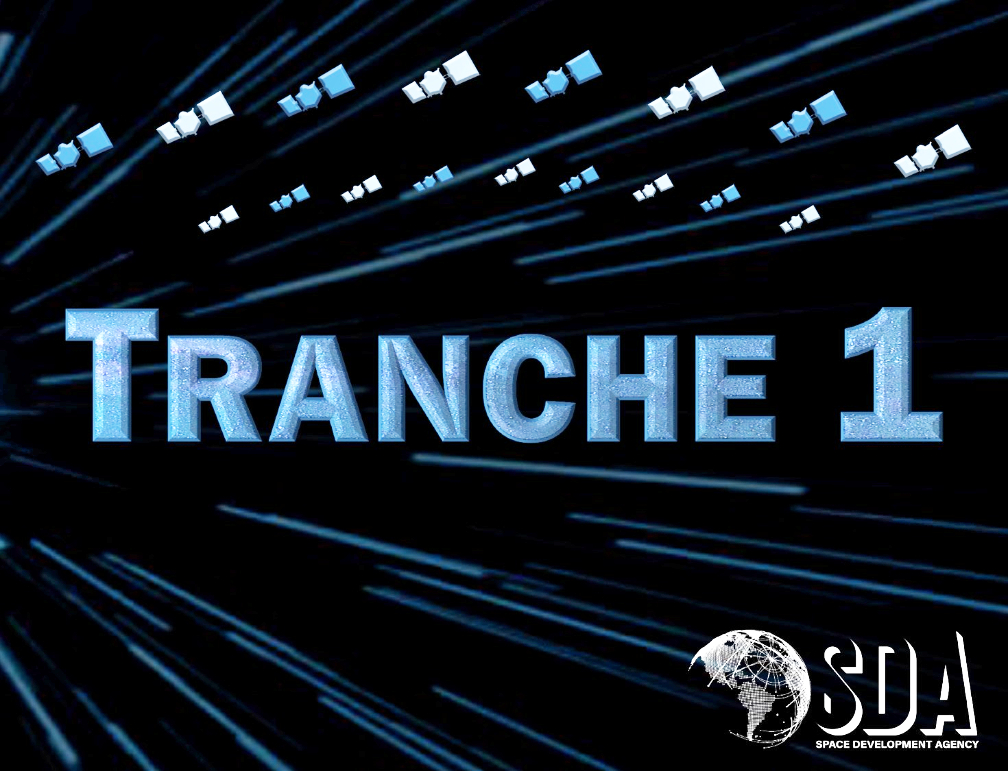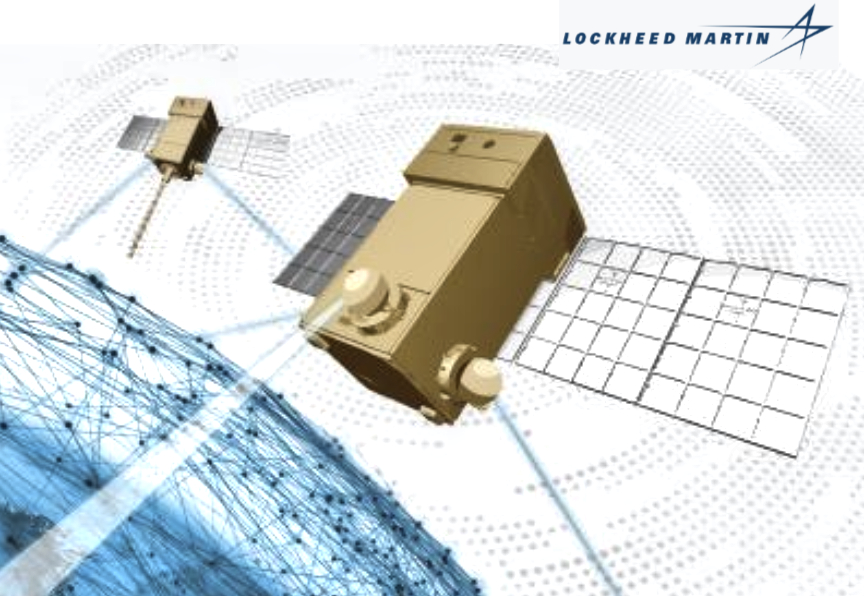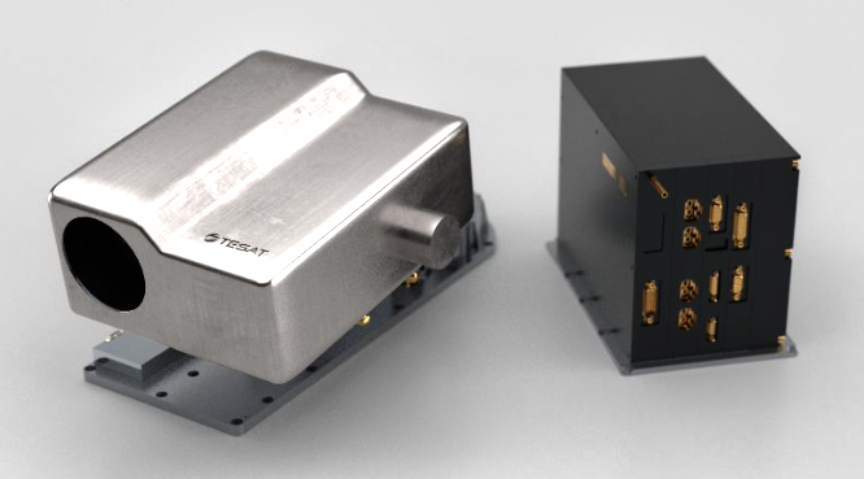
Tesat-Spacecom (TESAT) recently completed the Preliminary Design Review (PDR) of the company’s Optical Communication Terminals (OCTs) for satellites as part of Space Development Agency’s (SDA) Tranche 1 Transport Layer (T1TL).

Lockheed Martin, a prime contractor for the agency’s tranche 0 (TLT0) and TLT1 satellites, and the SDA were on site at TESAT for the review. The PDR confirmed the TESAT OCT design and specifications are compliant to the SDA’s OCT Standard Version 3.0 requirements. OCTs use optical technologies to route data traffic between interconnected satellites and will support lower latencies in LEO constellations, a critical improvement for prosecuting time-sensitive targets in today’s wartime environment.

As the primary vendor of OCTs to Lockheed Martin for the SDA Transport Layer Space Vehicles (SV), TESAT was able to leverage qualified hardware to rapidly achieve T1TL PDR. Updates for the T1TL design include moving to the V3.0 OCT Standard as well as optimized volume and mass. TESAT’s high production OCT manufacturing process continues to deliver OCTs enabling SDA to demonstrate Optical Intersatellite Links (OISL) between LEO satellites.
As part of the T1TL PDR event, TESAT escorted Lockheed Martin, SDA and Naval Research Laboratory personnel to the TESAT OCT test facility. This allowed firsthand demonstration of the “test as you fly” processes and tooling used to perform ground validation of space OCTs.

TESAT is investing in significant OCT production increase with the addition of a new production facility on the Backnang, Germany, campus as well as a US based production facility to support US only programs.
“We are proud to host our US customers, Lockheed Martin and the SDA. The personal exchange was an important step to align our activities and to meet customer requirements,” said Thomas Reinartz, CEO at TESAT. “Their pursuit of a standards-based approach enables the production of multiple OCTs and to ensure the implementation of the programs are well positioned. The series production of TESAT makes it possible to implement these requirements and to deliver affordable and reliable OCTs.”
Matthias Motzigemba, Head of Optical Sales at TESAT, said, “The SDA approach for this program is a real boost for optical communications in space as a commonly accepted transmission media. TESAT is supporting by providing reliable, scalable and software defined OCTs that are interoperable with compliant SDA OCT Standard Version 3.0 OCTs. As a result, TESAT is well positioned to provide low, medium and geostationary orbit OCTs for seamless multi-orbit connectivity.”
At TESAT in Backnang, around 1,100 employees develop, manufacture and distribute systems and equipment for telecommunications via satellite. The product range spans from smallest space-specific components to modules, entire assemblies or payloads. As the world’s only provider and technology leader of in-orbit-verified optical terminals for data transmission via laser (OCTs), TESAT has a focus on commercial and institutional space programs.
